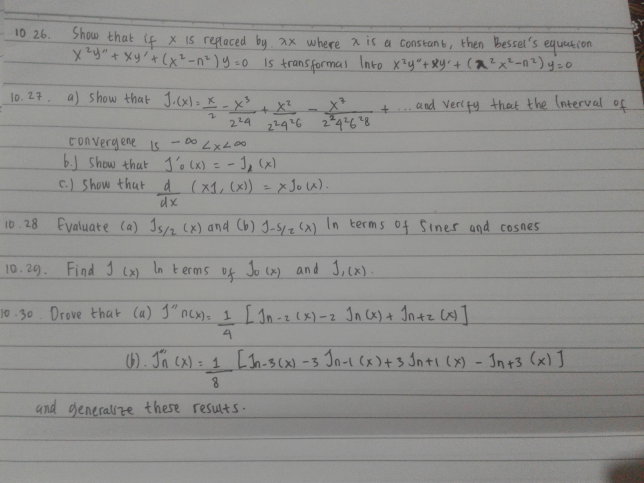
AllQuestion and Answers: Page 1970
Question Number 11072 Answers: 0 Comments: 0

Question Number 11071 Answers: 0 Comments: 0

Question Number 11070 Answers: 1 Comments: 0
Question Number 11069 Answers: 0 Comments: 1

Question Number 11067 Answers: 0 Comments: 4
Question Number 11061 Answers: 0 Comments: 2
Question Number 11050 Answers: 1 Comments: 0
Question Number 11049 Answers: 1 Comments: 1
Question Number 11048 Answers: 4 Comments: 0
Question Number 11042 Answers: 1 Comments: 0
Question Number 11040 Answers: 0 Comments: 0

Question Number 11036 Answers: 2 Comments: 1
Question Number 11035 Answers: 1 Comments: 0
Question Number 11034 Answers: 0 Comments: 1
Question Number 11214 Answers: 1 Comments: 0

Question Number 11212 Answers: 1 Comments: 0

Question Number 11217 Answers: 0 Comments: 0
Question Number 11215 Answers: 0 Comments: 0

Question Number 11024 Answers: 1 Comments: 0
Question Number 11023 Answers: 1 Comments: 0
Question Number 11019 Answers: 2 Comments: 0

Question Number 11020 Answers: 2 Comments: 0

Question Number 11013 Answers: 0 Comments: 0
Question Number 11011 Answers: 2 Comments: 0
$${if}\:{tan}\left({xy}\right)={x}\:{then}\:\frac{{dy}}{{dx}}= \\ $$
Question Number 11009 Answers: 1 Comments: 0
Question Number 11005 Answers: 1 Comments: 0
Pg 1965 Pg 1966 Pg 1967 Pg 1968 Pg 1969 Pg 1970 Pg 1971 Pg 1972 Pg 1973 Pg 1974
